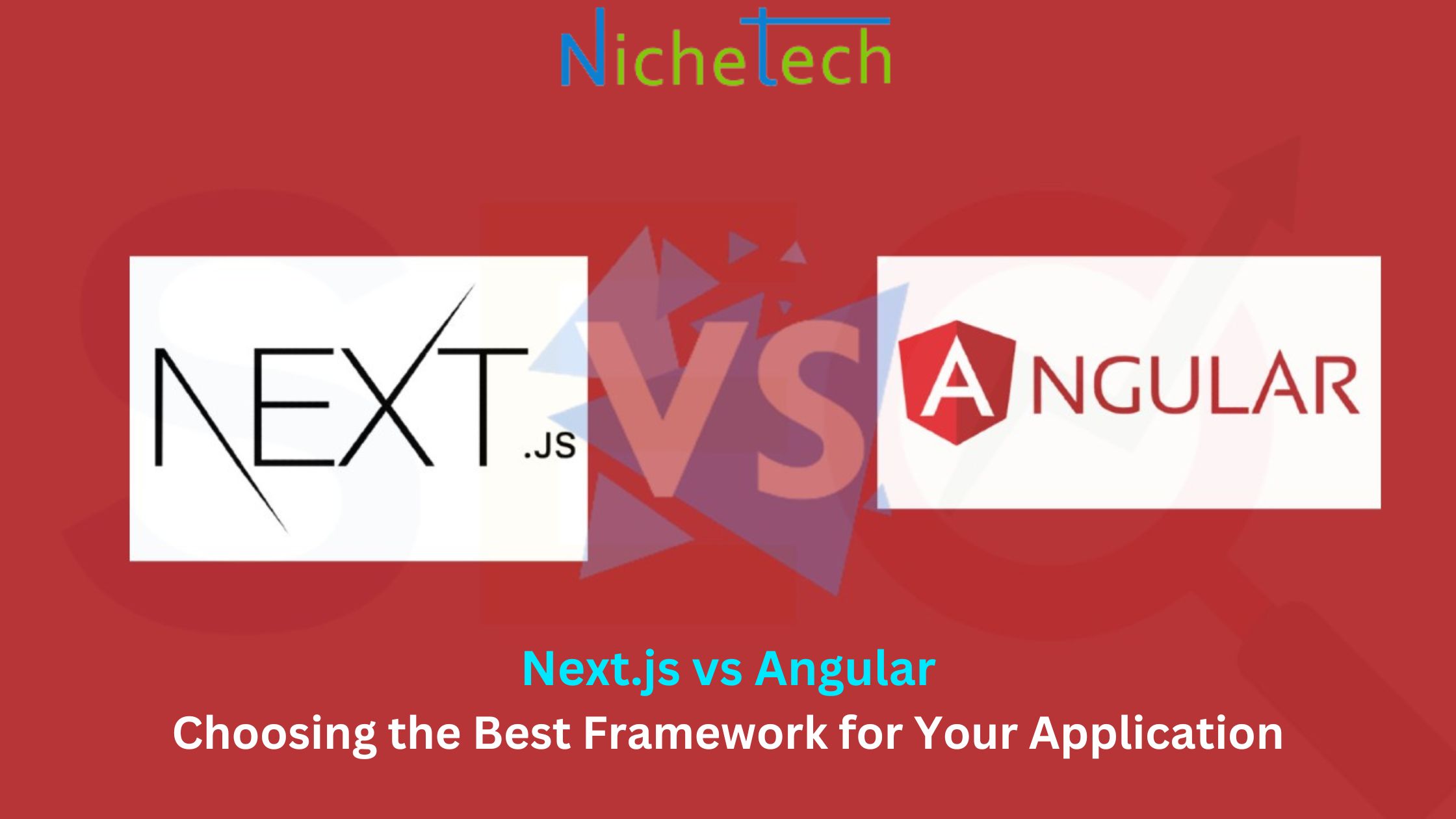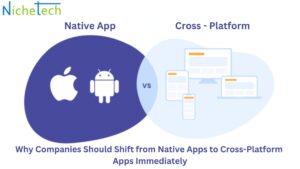When embarking on a new web development project, one of the first major decisions is choosing the right framework. Next.js and Angular are two popular options, each with its own strengths and ideal use cases. Both are used to build scalable and high-performing web applications, but the choice depends on your project’s specific requirements, team expertise, and future goals.
In this blog, we will break down the key features, advantages, and disadvantages of each framework to help you decide which one is best for your application.
Overview of Next.js
Next.js is a React-based framework developed by Vercel that enables developers to build server-side rendered (SSR) and statically generated websites. It is lightweight and primarily focuses on enhancing the capabilities of React with features such as routing, SSR, and static site generation (SSG) out of the box.
Key Features of Next.js:
1. Server-Side Rendering (SSR) & Static Site Generation (SSG):
Next.js supports SSR, which allows pages to be rendered on the server, improving performance and SEO. SSG is useful for static content that doesn’t need to be updated frequently.
2. Automatic Code Splitting:
Next.js automatically splits the code so that only the necessary JavaScript is loaded on each page, improving loading speed.
3. API Routes:
You can create backend APIs directly within your Next.js app, making it easier to handle full-stack development without needing an additional backend framework.
4. File-Based Routing:
Next.js uses a file-based routing system where each file inside the `pages` directory automatically becomes a route. This simplifies route management.
5. Excellent for SEO:
Since Next.js supports SSR, it renders pages on the server, making them easier for search engines to crawl and index, which improves SEO.
Advantages of Next.js:
Performance: Next.js provides superior performance through features like SSR and SSG, reducing time to first byte (TTFB).
SEO-Friendly: Server-rendered pages and static sites are easily indexable by search engines. Developer Experience: The integration with React makes it developer-friendly, especially for those familiar with React.
Flexibility: You can easily choose between static generation, server-side rendering, or client-side rendering.
Disadvantages of Next.js:
Complexity in Large Applications: Next.js is excellent for simple to moderately complex projects, but for very large applications, managing everything within Next.js might become challenging.
Learning Curve for Non-React Developers: If you are not familiar with React, the learning curve can be steep.
Limited Built-in Features: Unlike Angular, Next.js doesn’t offer built-in features like state management, forms, and routing libraries. You’ll need to rely on third-party libraries.
Overview of Angular
Angular is a full-fledged front-end framework developed by Google. It is a complete solution for building dynamic, single-page applications (SPAs) and provides a comprehensive set of tools out of the box, including routing, state management, form handling, and HTTP client.
Key Features of Angular:
1. Two-Way Data Binding:
Angular’s two-way data binding synchronizes the data between the model and view automatically. This makes it easier to manage the state of the application.
2. Dependency Injection:
Angular has a built-in dependency injection mechanism, making it easy to develop modular and reusable components.
3. Component-Based Architecture:
Angular uses a component-based architecture, which promotes code reusability, modularity, and scalability.
4. RxJS for Reactive Programming:
Angular leverages RxJS (Reactive Extensions for JavaScript), which helps handle asynchronous data streams in a more declarative way.
5. TypeScript Support:
Angular is built with TypeScript, which helps developers catch errors early in development and write more maintainable code.
Advantages of Angular:
Complete Framework: Angular comes with a lot of built-in features like routing, HTTP client, forms handling, and state management, reducing the need for third-party libraries.
Strong Typing with TypeScript: The use of TypeScript makes code more predictable and easier to maintain in large applications.
Enterprise-Level Features: Angular is an excellent choice for large-scale, enterprise applications due to its robust toolset and modular architecture.
Community and Support: Backed by Google, Angular has strong community support and frequent updates.
Disadvantages of Angular:
Steep Learning Curve: Angular’s large set of features and use of TypeScript make it harder for beginners to learn compared to other frameworks.
Performance: Angular apps can become heavy if not optimized properly, especially when compared to lightweight frameworks like Next.js.
Verbosity: Angular’s boilerplate code can make development more verbose, especially in smaller applications.
Complexity: Managing large applications can become overwhelming due to Angular’s architecture and steep learning curve.
When to Use Next.js:
SEO is a Priority: If your application requires SEO, SSR and SSG in Next.js will be beneficial.
Fast Development for React Projects: If your team is familiar with React and wants to quickly develop a performant web application, Next.js is a great choice.
Static Site Generation: For blogs, marketing sites, or e-commerce stores with static pages that need fast load times and SEO optimization, Next.js is ideal.
Small to Medium-Sized Projects: Next.js is an excellent choice for small to mid-sized applications where flexibility and performance are key priorities.
When to Use Angular:
Enterprise-Grade Applications: If you’re building a large-scale, complex application that requires built-in tools like forms, routing, and state management, Angular’s comprehensive feature set will save time and effort.
Complex Frontend Logic: Applications that involve complex front-end logic, such as dashboards, analytics tools, or custom admin panels, will benefit from Angular’s robust structure.
Modular Applications: If your application needs to scale with multiple modules and components, Angular’s component-based architecture and dependency injection system will simplify management and maintenance.
Strong TypeScript Support Needed: If your team prefers or requires TypeScript, Angular’s native TypeScript support offers a significant advantage.
Both Next.js and Angular are powerful frameworks, but they cater to different types of projects. Next.js excels in performance, SEO, and fast development for small to medium applications, while Angular provides a robust structure for large, enterprise-grade applications with complex requirements.
In short:
Use Next.js if you’re building a React-based, SEO-friendly, and performance-focused web application that benefits from SSR and static generation.
Use Angular if you need a full-fledged framework with out-of-the-box features for large-scale, modular, and complex front-end applications.
Ultimately, the best choice will depend on the nature of your project, your team’s skill set, and your long-term goals.







